According to statistics, worldwide, at least 500 people are killed by gun violence every day; at least 2,000 people are injured; from 2012-2016, there were 1.4 million gun-related deaths worldwide; up to 15 billion rounds of ammunition are produced globally each year. **--
Photographer Sabine Pearlman photographed 900 cross-sections of ammunition to complete the work "Ammunition " ("AMMO"), which aims to evoke attention and reflection on the tragedies these objects have caused throughout human history.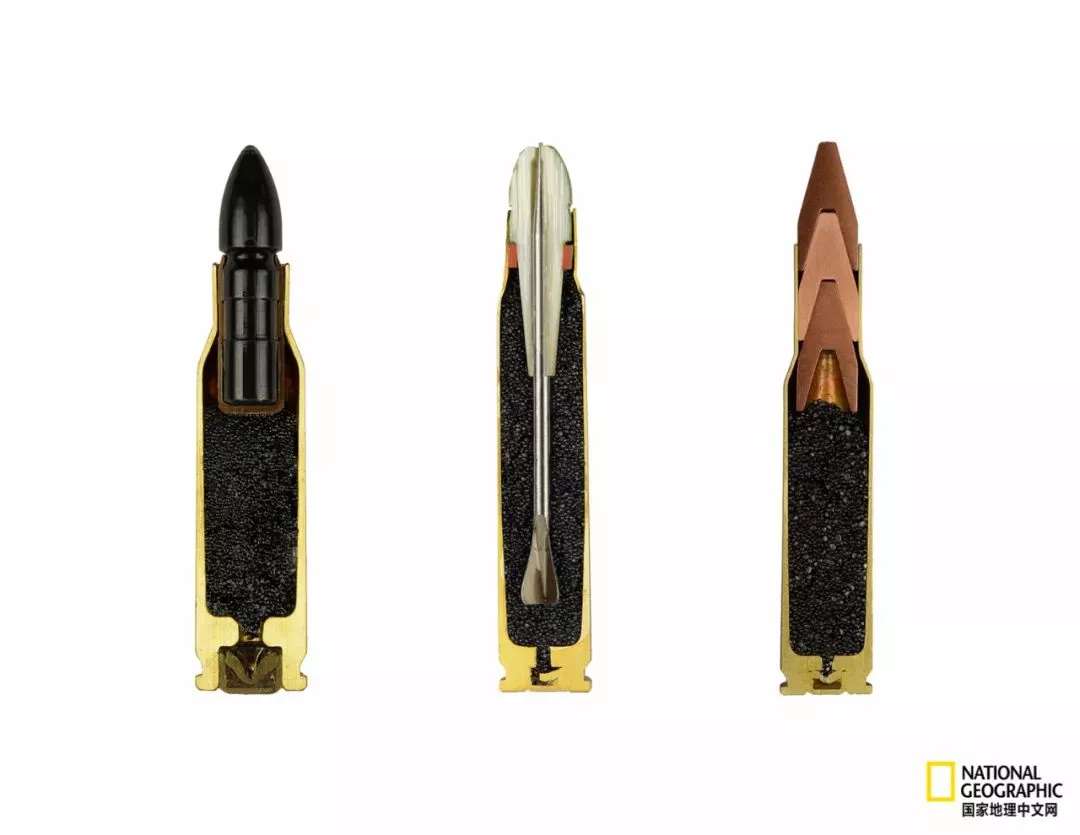
Photo by Sabine Pearlman National Geographic contributor Sabine Pearlman was born in Austria, and she In 2004, she moved to the United States, a country where you can "talk" to guns from all angles. When she was in her early 20s, ** pointed a gun at her, which reinforced her aversion to firearms. In 2012, she traveled to Switzerland to visit a World War II ammunition depot belonging to a Swiss ammunition expert and collector who had a collection of over 900 pieces of historical ammunition, which Pearlman photographed in cross-section to expose the most murderous thing ever used in war - ammunition. Ammunition.
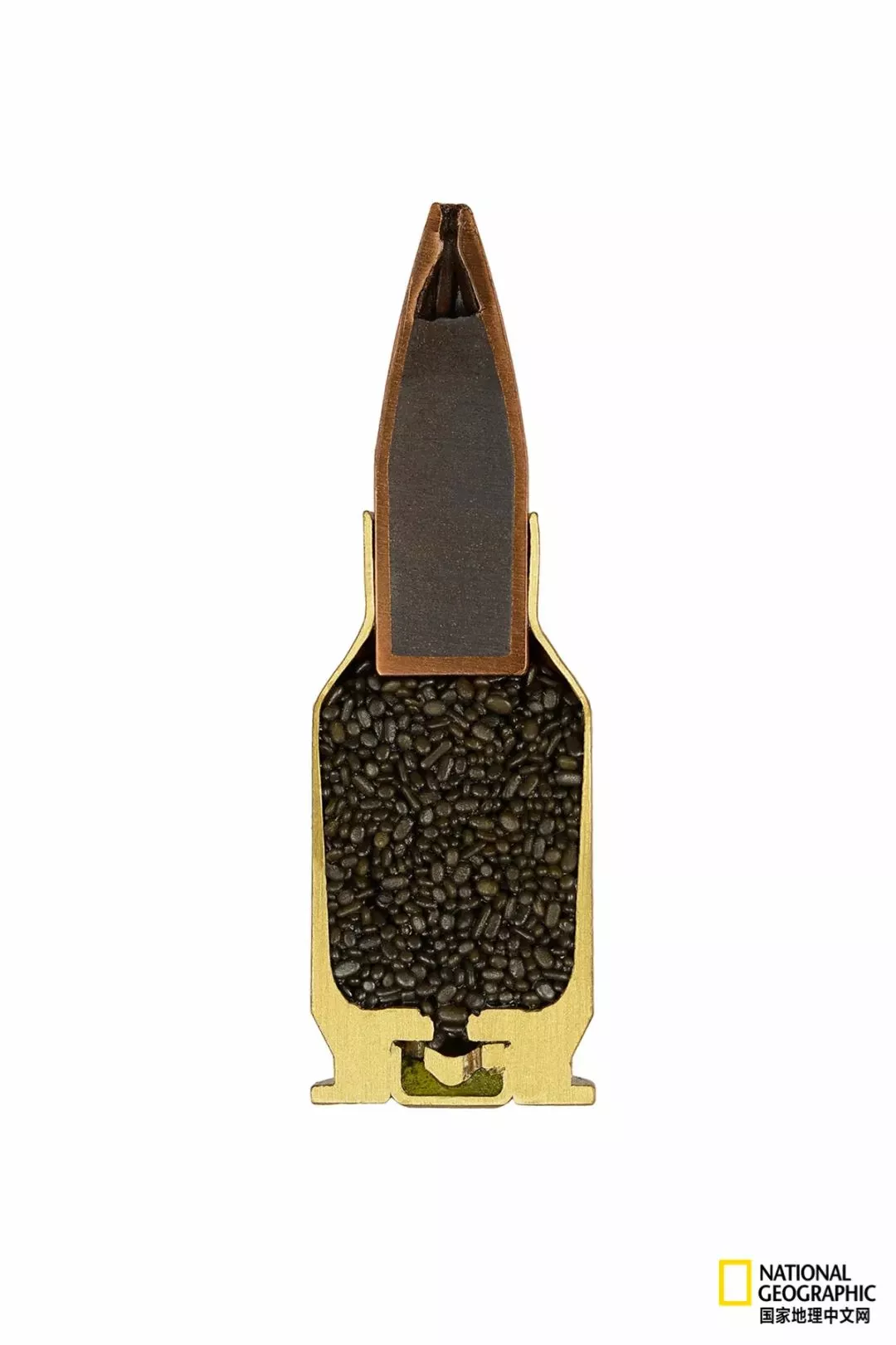
Photography by Sabine
PearlmanAnd for Sabine Pearlman herself, the shoot was a she key step in exorcising her psyche. After all, the best way to conquer fear is to face it. After shooting a cross-section of 900 types of ammunition, Sabine Pearlman deliberately chose not to reveal details about the weapons and ammunition to the viewer, such as names, uses and damage characteristics. 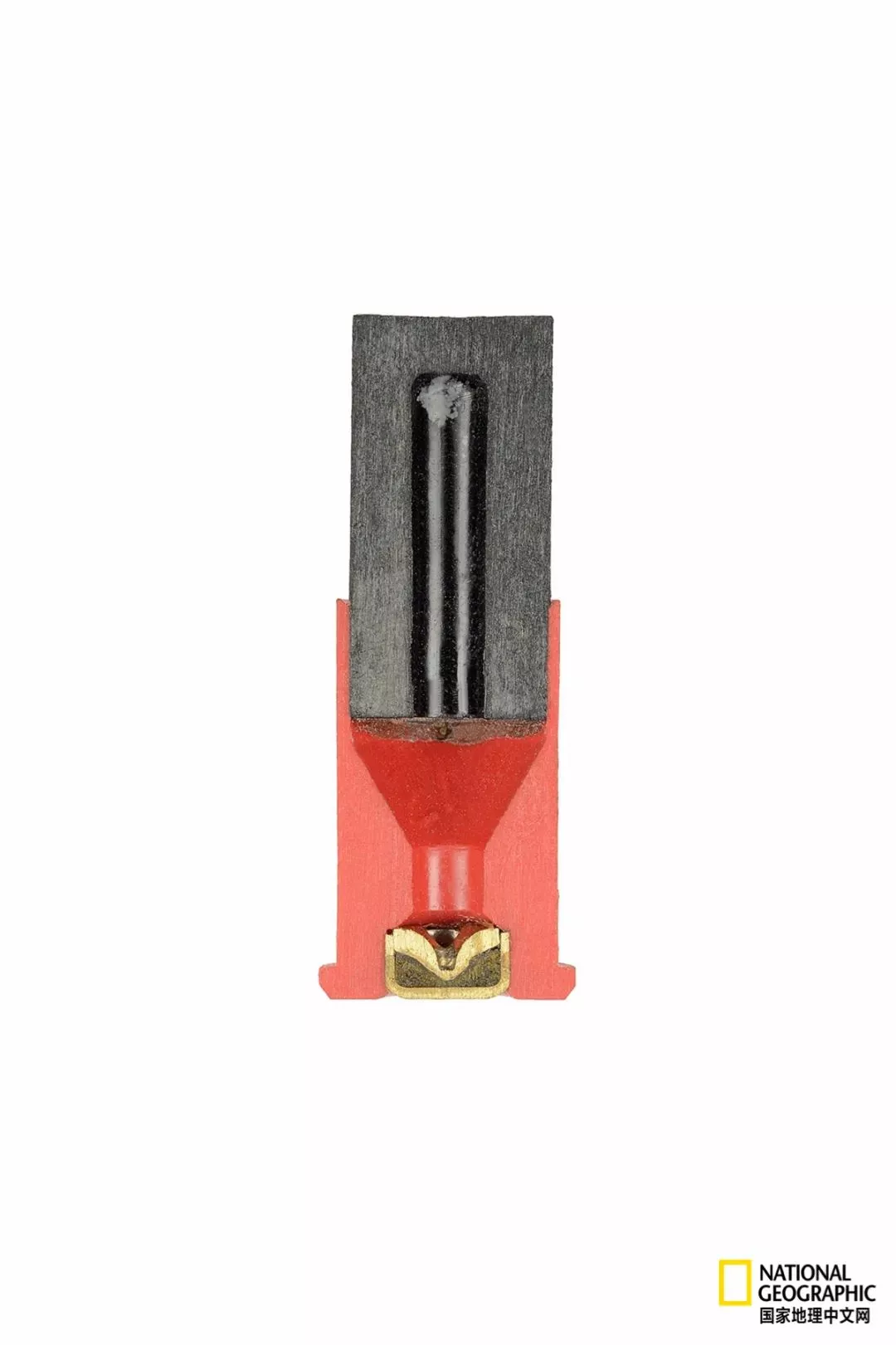 Photography by Sabine Pearlman "I wanted to keep them out of their 'context' so that the viewer can appreciate the bullets for other reasons and from other perspectives." Sabine Pearlman expressed, "The bullets have to be disposed of properly (cut in half) so they don't explode, which is a very complicated technique that no one should attempt at home." Ammunition experts cut ammunition in half after disarming it, a process that often destroys very complex components inside the ammunition; thus, to get a perfect cross-section, two identical bullets are usually cut in half and then their internals are recovered with a magnifying glass and tweezers.
Photography by Sabine Pearlman "I wanted to keep them out of their 'context' so that the viewer can appreciate the bullets for other reasons and from other perspectives." Sabine Pearlman expressed, "The bullets have to be disposed of properly (cut in half) so they don't explode, which is a very complicated technique that no one should attempt at home." Ammunition experts cut ammunition in half after disarming it, a process that often destroys very complex components inside the ammunition; thus, to get a perfect cross-section, two identical bullets are usually cut in half and then their internals are recovered with a magnifying glass and tweezers. Photography by Sabine PearlmanIt can be seen that the bullets Sabine Pearlman photographed were used for different purposes. Those used for target shooting or hunting; those used in actual combat; and even those used to penetrate body armor and aircraft casings. The common bullet consists of four parts: the projectile, the cartridge, the firing charge, and the primer. The projectile is used to penetrate the target by fast flight, the barrel is used to attach the projectile and protect the firing charge and confined powder gas, while the firing charge is used to give the projectile a high muzzle velocity by burning, and the primer is used to fire.
Photography by Sabine PearlmanIt can be seen that the bullets Sabine Pearlman photographed were used for different purposes. Those used for target shooting or hunting; those used in actual combat; and even those used to penetrate body armor and aircraft casings. The common bullet consists of four parts: the projectile, the cartridge, the firing charge, and the primer. The projectile is used to penetrate the target by fast flight, the barrel is used to attach the projectile and protect the firing charge and confined powder gas, while the firing charge is used to give the projectile a high muzzle velocity by burning, and the primer is used to fire. Despite Pearlman's stronger resistance to firearms and bullets, he also stumbled upon the surprising delicacy of the bullet's interior during the shooting process and beauty, "I was surprised when I first saw the cross-section; I never thought of bullets as beautiful things, but in that moment I felt its intricate exquisiteness."
Despite Pearlman's stronger resistance to firearms and bullets, he also stumbled upon the surprising delicacy of the bullet's interior during the shooting process and beauty, "I was surprised when I first saw the cross-section; I never thought of bullets as beautiful things, but in that moment I felt its intricate exquisiteness." 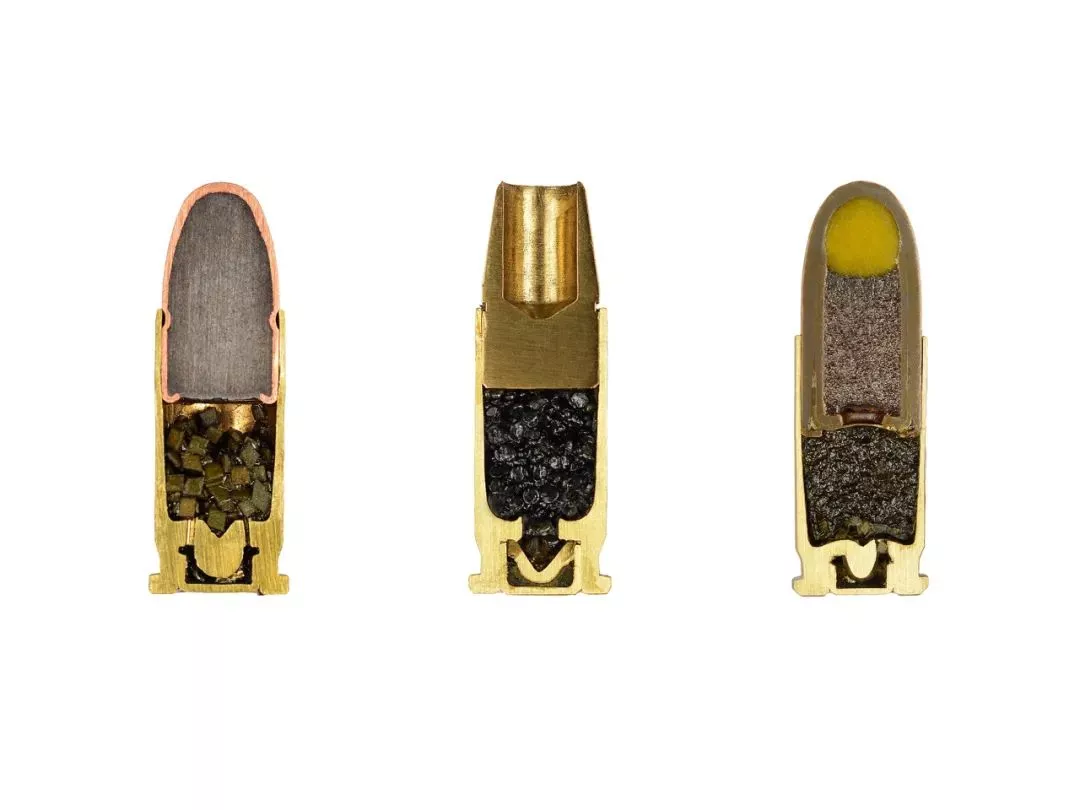
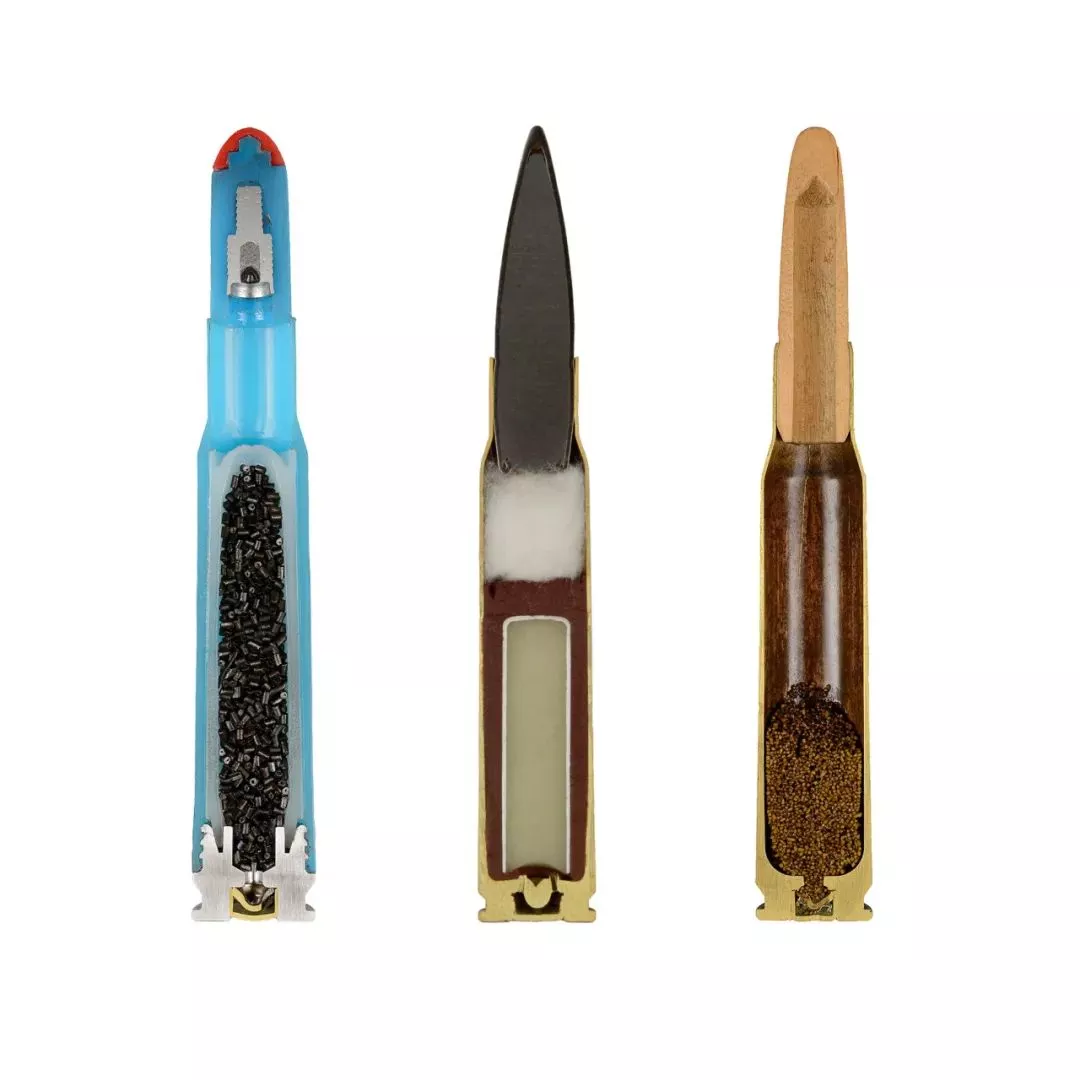
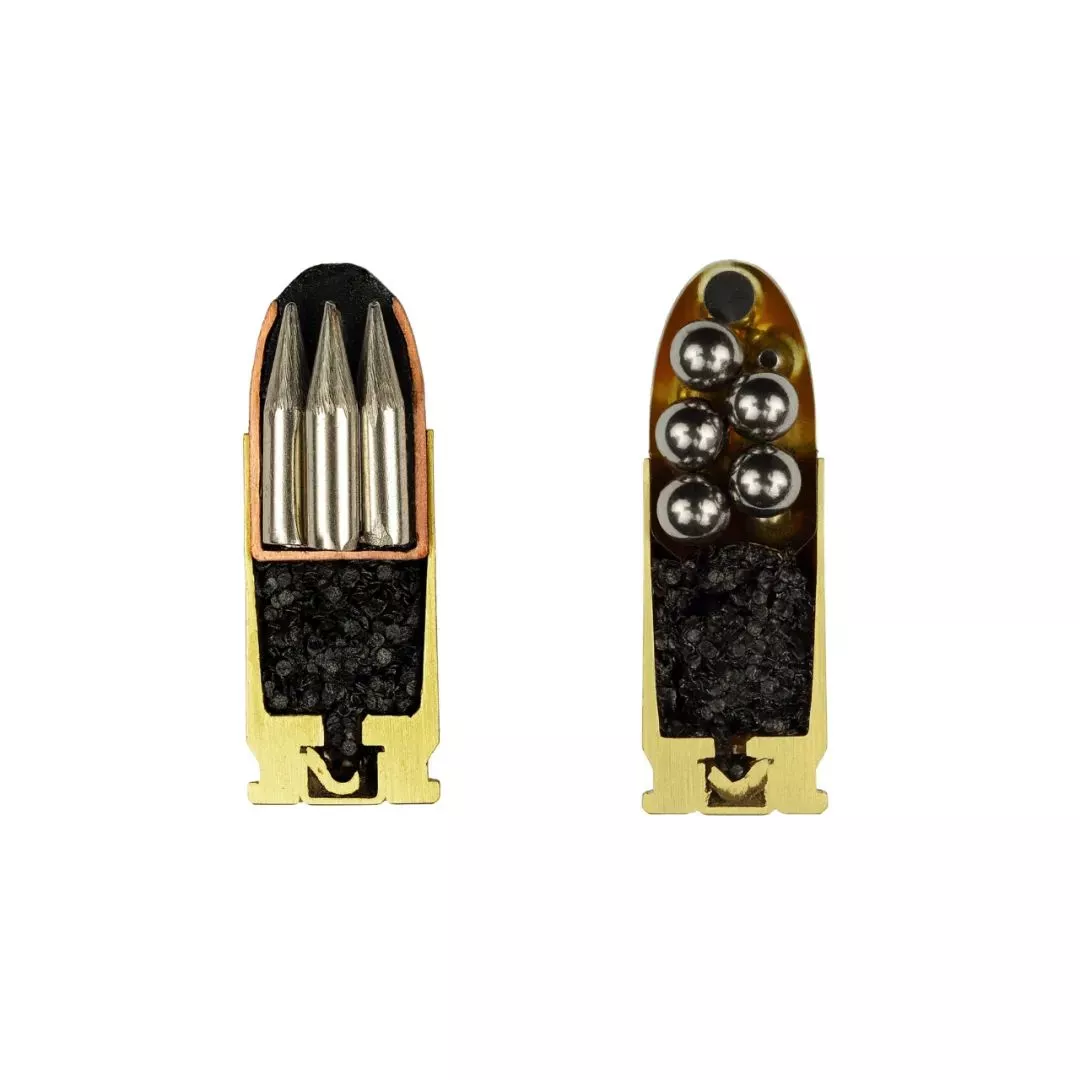 Photography by Sabine PearlmanThe ammunition in Pearlman's work has all been banned by the Hague Convention; she took The photographs in this group are intended to evoke attention and reflection on the tragedy these objects have caused throughout human history, "I think the bullets touch and stimulate a very primal human instinct." She does not deny that this group of photographs exudes potential danger, "The themes of Ammunition represent intrigue and tragedy, good and evil, beauty and horror, allowing us to reflect on our own deepest fears, as well as our noblest hopes.
Photography by Sabine PearlmanThe ammunition in Pearlman's work has all been banned by the Hague Convention; she took The photographs in this group are intended to evoke attention and reflection on the tragedy these objects have caused throughout human history, "I think the bullets touch and stimulate a very primal human instinct." She does not deny that this group of photographs exudes potential danger, "The themes of Ammunition represent intrigue and tragedy, good and evil, beauty and horror, allowing us to reflect on our own deepest fears, as well as our noblest hopes.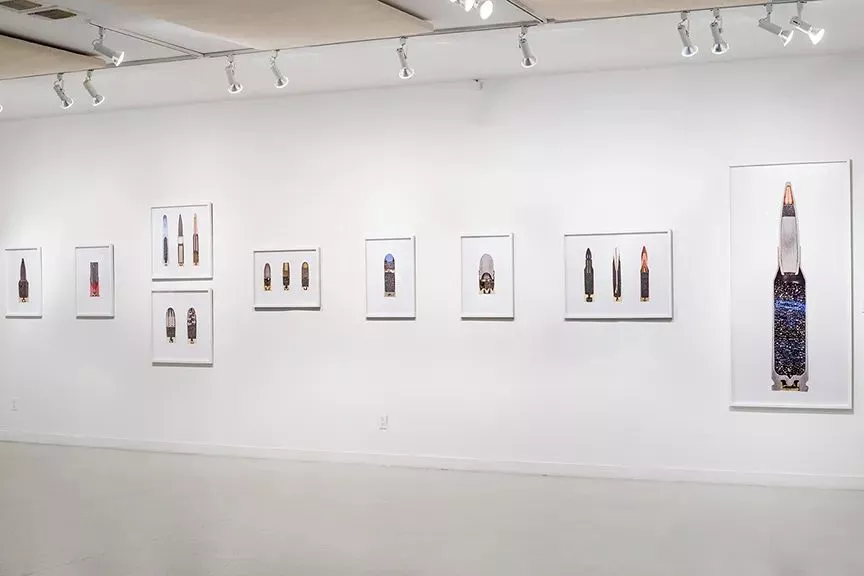
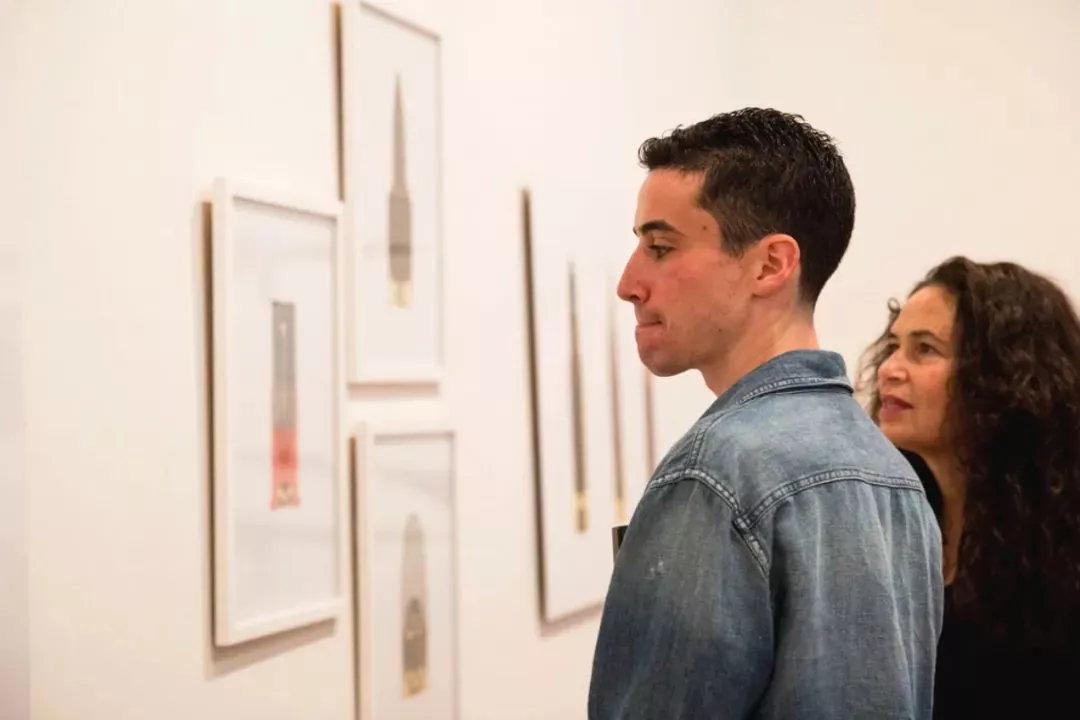 Sabine Pearlman's "Ammunition" has been exhibited in several countries, including the U.S., Korea, and Germany.Sabine Pearlman told National Geographic, "I didn't want these photos to become textbook illustrations, but I wanted to show bullets that were also a balance of simplicity and aesthetics." And in the contribution, Sabine Pearlman did not provide any details about the name of the ammunition.
Sabine Pearlman's "Ammunition" has been exhibited in several countries, including the U.S., Korea, and Germany.Sabine Pearlman told National Geographic, "I didn't want these photos to become textbook illustrations, but I wanted to show bullets that were also a balance of simplicity and aesthetics." And in the contribution, Sabine Pearlman did not provide any details about the name of the ammunition. 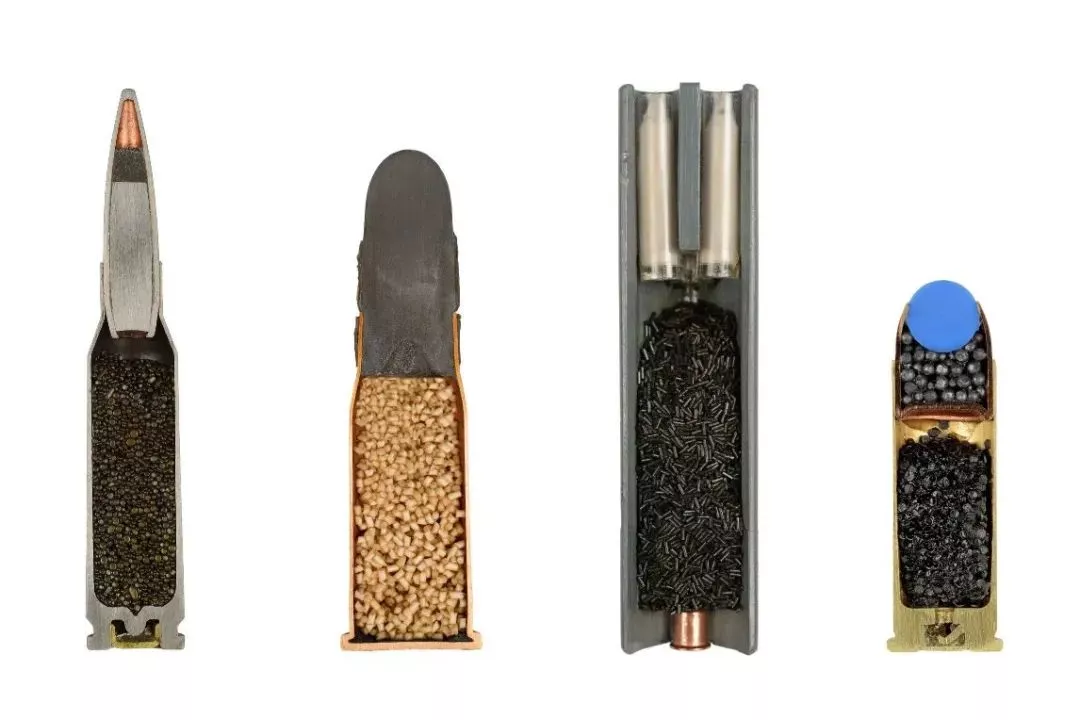 Photography by Sabine Pearlman -
Photography by Sabine Pearlman -